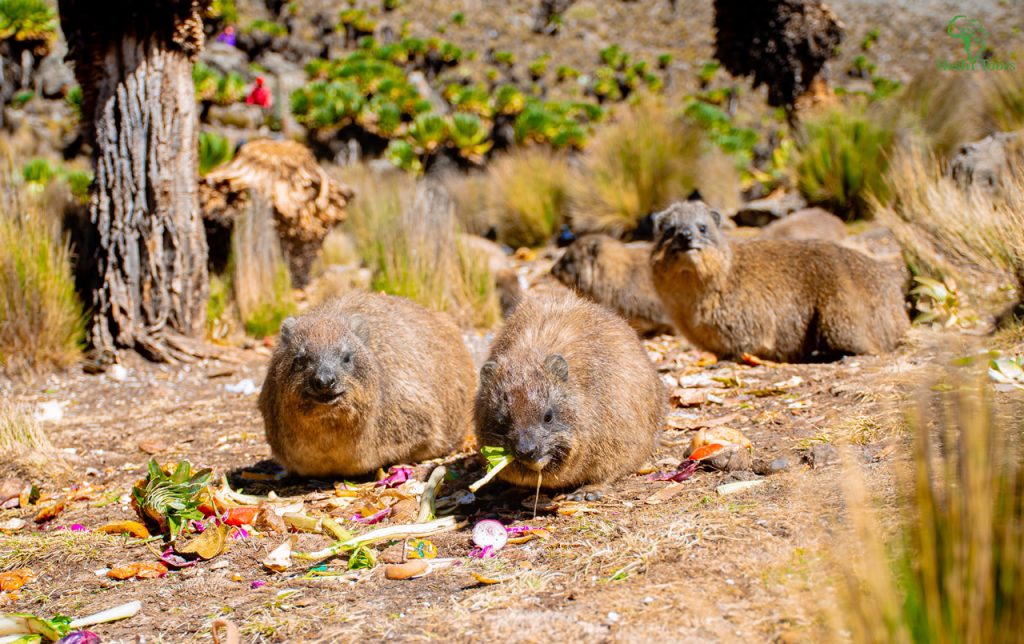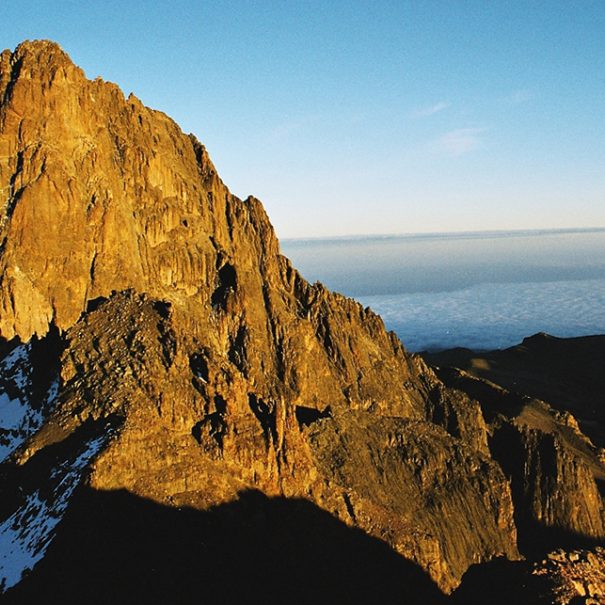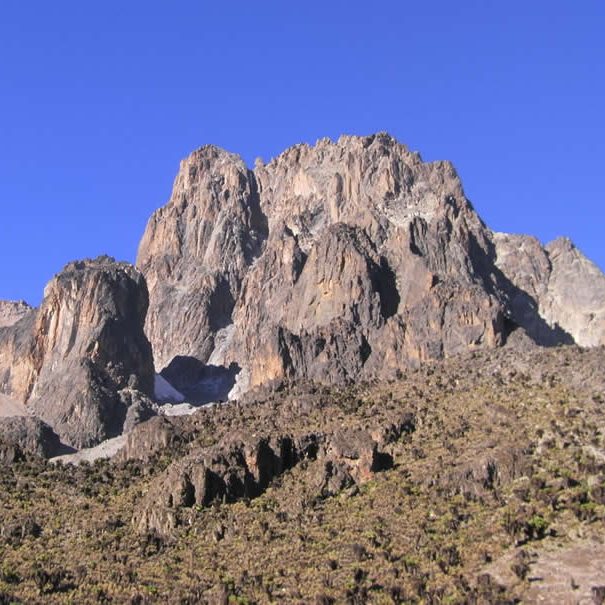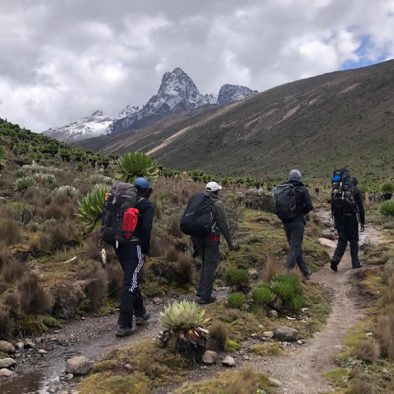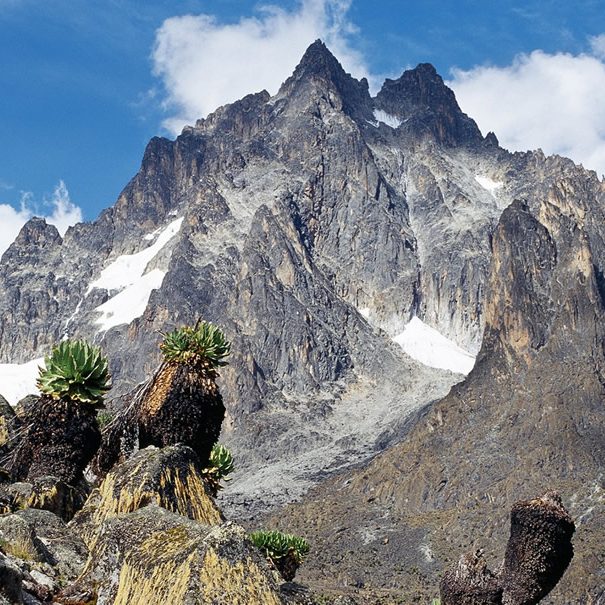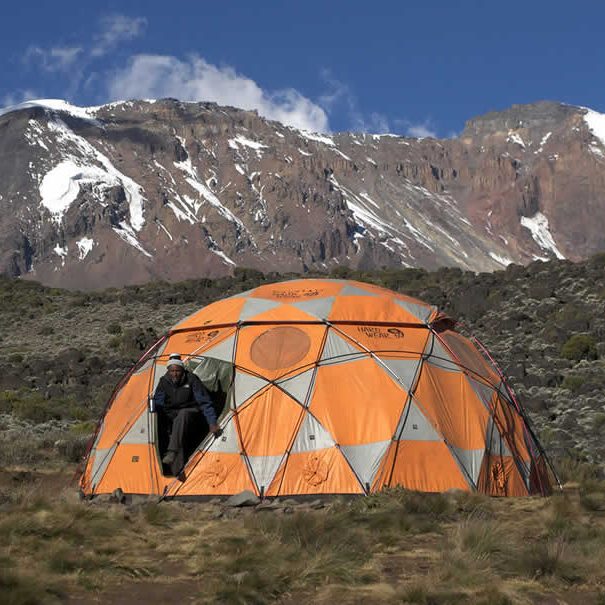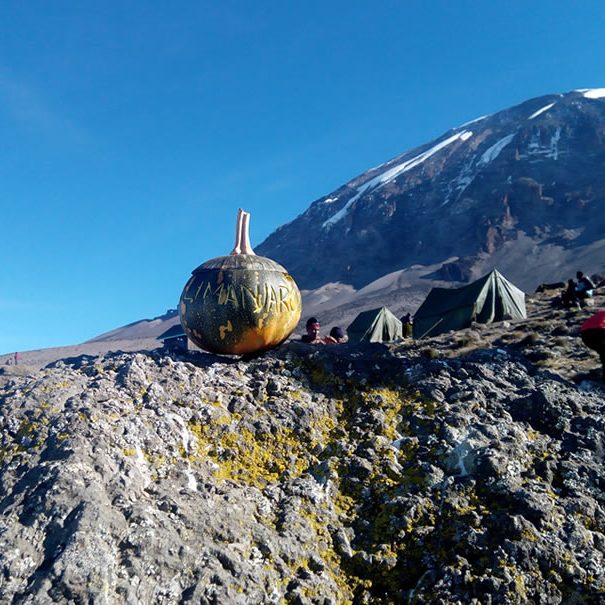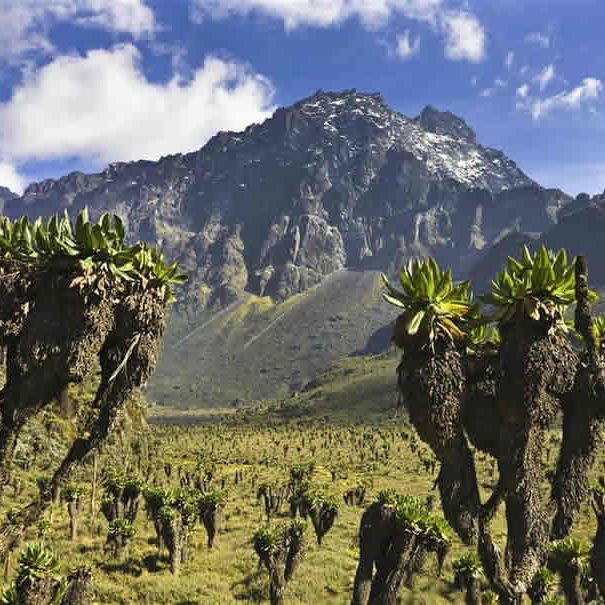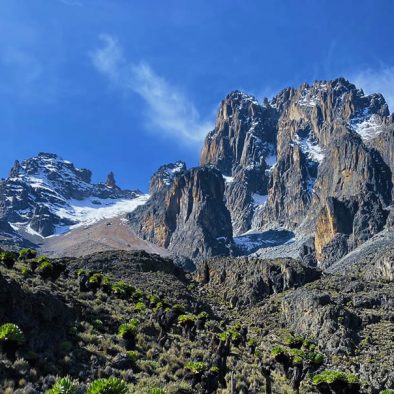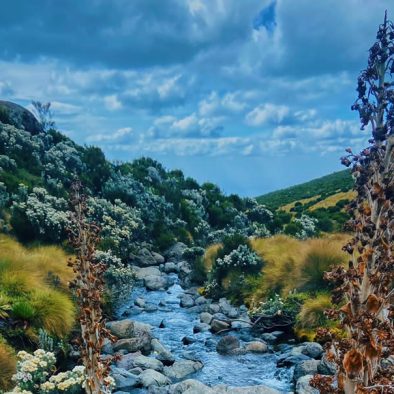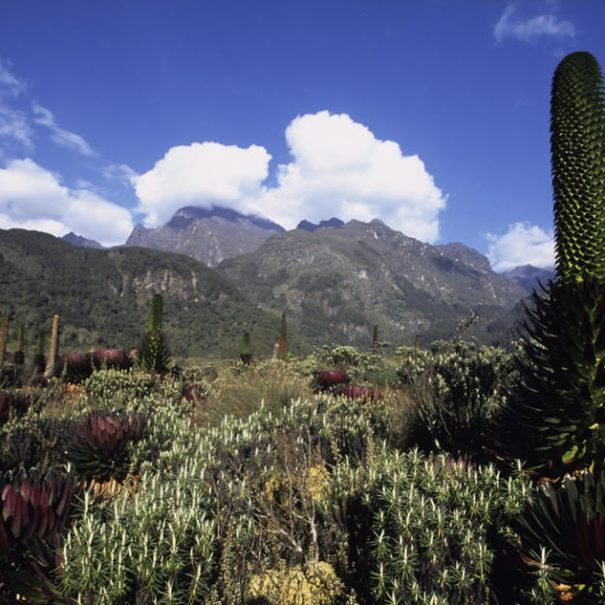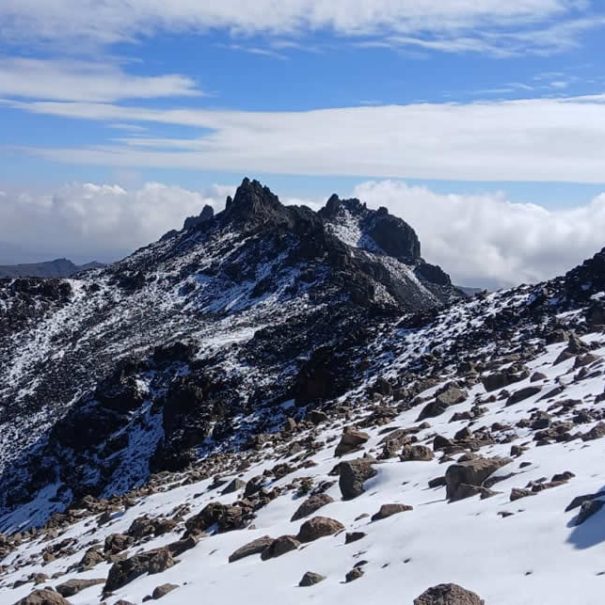Nestled in the heart of East Africa, Mount Kenya stands as a majestic testament to nature’s wonders, its slopes teeming with the enchanting tapestry of Mount Kenya Wildlife. This iconic mountain not only boasts breathtaking vistas and rugged landscapes but also shelters an astounding array of flora and fauna that call its diverse habitats home. From the elusive leopards that stealthily tread its paths to the vibrant array of avian life that graces its skies, Mount Kenya’s wildlife offers a captivating glimpse into the intricacies of nature’s harmony. In this article, we delve into the vibrant realm of Mount Kenya wildlife encounters, exploring its ecological significance and the multitude of species that thrive within its realms.
The Ecological Diversity of Mount Kenya
Mount Kenya’s enchanting allure lies not only in its towering peaks but also in the myriad of ecosystems that span its altitudinal range. From the lush montane forests that carpet its lower slopes to the rugged moorlands and glacial expanses higher up, the mountain boasts a diverse array of ecological zones. Each of these zones provides a unique habitat for an assortment of plant and animal species, contributing to the captivating tapestry of life that characterizes the region. The varying altitude and climatic conditions profoundly shape the distribution of these species, resulting in a remarkable display of biodiversity.
· Mammals of Mount Kenya
The slopes of Mount Kenya are alive with a diverse array of mammals, each uniquely adapted to the challenges posed by the mountain’s varying altitudes and ecosystems. Among the prominent residents are the iconic African elephants, whose graceful presence stands in stark contrast to the rugged terrain. These gentle giants roam through the lower montane forests, their adaptability allowing them to navigate the dense vegetation and steep slopes with surprising ease. Accompanying them are the robust buffaloes, their sturdy build a testament to their ability to thrive in both grassy clearings and forested areas. And then there are the enigmatic leopards, masters of stealth and agility, often spotted prowling through the bamboo belts in search of prey. These three emblematic species, along with others, collectively contribute to the vibrant tapestry of “Mount Kenya Wildlife,” showcasing their remarkable adaptability in the face of the mountain’s ever-changing environments.
· Avian Wonders:
Mount Kenya is not only a haven for terrestrial mammals but also a sanctuary for a rich diversity of birdlife that graces its skies and landscapes. The mountain’s varied ecosystems provide an ideal habitat for a multitude of avian species, making it a birdwatcher’s paradise. Among the avian inhabitants are notable species like Jackson’s francolin, distinguished by its distinct vocalizations echoing through the montane forests. Another enchanting presence is the scarlet-tufted malachite sunbird, a delicate jewel of iridescent feathers that flits among flowering plants. However, the significance of Mount Kenya’s avian diversity extends beyond its resident birds, as the mountain plays a crucial role in hosting various migratory species. During their journeys, these migrants find solace within the mountain’s welcoming embrace, further enriching the vibrant avian landscape. This intricate interplay of resident and migratory birds highlights the integral role of Mount Kenya wildlife in sustaining a thriving avian community.
· Reptiles and Amphibians:
In the shadows of Mount Kenya’s towering peaks lies a world often overlooked – that of reptiles and amphibians. Among the rocks and foliage, chameleons display their remarkable camouflage skills, skinks dart along the ground, and frogs serenade the night. These creatures play an essential role in the mountain’s ecosystem, contributing to nutrient cycles and acting as both predator and prey. Their adaptations to the mountain’s varying microhabitats further underscore the intricate interplay of life on Mount Kenya.
Flora and Fauna Interdependence
The intricate web of life on Mount Kenya underscores the profound interdependence between its diverse flora and fauna. Plants and animals on the mountain have forged intricate relationships over time, where certain animal species have become reliant on specific plant species for sustenance and shelter. The buffalo, for instance, plays a critical role in maintaining grasslands by grazing, which in turn supports a diverse range of herbivores. Meanwhile, the mutualism observed between birds and flowering plants highlights a symbiotic relationship where birds assist in pollination while gaining access to nectar-rich rewards. This delicate interplay exemplifies the concept of mutualism and symbiosis, illustrating how Mount Kenya wildlife harmoniously coexists within a finely tuned ecosystem.
Conservation Efforts and Challenges
In light of the invaluable biodiversity on Mount Kenya, conservation initiatives have been established to protect and preserve its unique wildlife. These efforts include habitat restoration, anti-poaching measures, and community engagement to foster a sense of shared responsibility. However, challenges loom large as habitat loss due to human activities, climate change, and poaching continue to threaten the delicate balance of the ecosystem. To counteract these threats, it is paramount to raise awareness about the significance of safeguarding Mount Kenya wildlife. Sustainable tourism emerges as a beacon of hope, generating funds that directly contribute to conservation endeavors and local livelihoods, thereby creating a symbiotic relationship between preservation and human interaction.
Tips for Responsible Wildlife Encounters
For those fortunate enough to experience Mount Kenya’s natural wonders, responsible behavior is of paramount importance. Here are some guidelines to help tourists and visitors make the most of their experience while minimizing their impact:
- Respect Wildlife Habitats:
The first step towards responsible wildlife encounters is to respect the natural habitats of the animals. Avoid straying off designated trails or paths to prevent trampling on delicate vegetation and disturbing nesting areas.
- Maintain a Safe Distance:
While the allure of observing wildlife up close is undeniable, it’s crucial to maintain a safe distance from animals. Getting too close can cause stress and anxiety among the creatures, altering their behaviors and potentially endangering both them and you.
- Use Quiet Observation Techniques:
When observing wildlife, silence can be golden. Speak in hushed tones and avoid sudden movements that might startle animals. Noise pollution can disrupt natural behaviors and stress animals, making quiet observation techniques a respectful way to experience their natural behaviors.
- Avoid Feeding Animals:
Feeding wild animals, no matter how well-intentioned, can have detrimental effects on their health and behavior. Human food can be harmful or even deadly to animals, and animals becoming accustomed to human food can lead to aggressive behavior and dependency.
- Engage Local Guides:
One of the most rewarding ways to experience Mount Kenya’s wildlife is by engaging with local guides who possess deep knowledge of the area’s flora and fauna. Local guides can provide insightful information about the animals’ behaviors, habitats, and conservation efforts.
- Capture Memories Respectfully:
If you’re a photography enthusiast, remember to capture memories without disturbing the animals or their habitats. Use telephoto lenses to maintain a respectful distance, and avoid using flash or intrusive equipment that could cause distress.
- Pack Out What You Pack In:
Keep the mountain pristine by adhering to a “leave no trace” philosophy. Dispose of your waste properly and pack out everything you bring with you, including trash and recyclables. This helps keep the environment clean and protects wildlife from potentially harmful items.
- Educate Others:
Share your knowledge and experiences with fellow travelers to promote responsible wildlife encounters. By spreading awareness about the importance of respecting wildlife and their habitats, you contribute to a positive ripple effect that benefits both animals and the environment.

